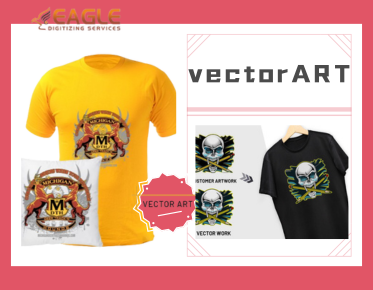Traditional vs. Digital Screen Printing Techniques: How to Choose the Best San Marcos T-Shirt Printing Method for Your Needs
When it comes to t-shirt printing in San Marcos, choosing the right method can significantly impact the quality, cost, and durability of your designs. Traditional screen printing and digital printing are two popular techniques, each with its own set of advantages and limitations. Understanding these differences can help you make an informed decision that aligns with your specific needs and budget.
Traditional screen printing, also known as silkscreen printing, has been a staple in the industry for decades. This method involves creating a stencil (or screen) and using it to apply layers of ink on the printing surface. It's ideal for large orders and designs that require vibrant colors and high durability. However, it can be less cost-effective for small batches due to the setup time and materials required.
Understanding Traditional Screen Printing
Traditional screen printing is renowned for its ability to produce vivid colors and durable prints. The process involves several steps, including preparing the screen, applying the emulsion, and exposing it to light to create the stencil. Once the stencil is ready, ink is pushed through the screen onto the fabric. This method is particularly effective for designs with few colors and is often used for bulk orders due to its cost efficiency at scale.
Advantages of Traditional Screen Printing
One of the main advantages of traditional screen printing is its ability to produce vibrant and long-lasting prints. The thick layers of ink used in this process are ideal for creating bold designs that stand out. Additionally, screen printing is highly versatile and can be used on a variety of materials, including cotton, polyester, and blends.
Limitations of Traditional Screen Printing
Despite its benefits, traditional screen printing has some limitations. The setup process can be time-consuming and costly, making it less suitable for small orders or designs with multiple colors. Each color requires a separate screen, which can increase the cost and complexity of the project.
Exploring Digital Screen Printing
Digital screen printing, on the other hand, is a more modern technique that uses inkjet technology to print designs directly onto the fabric. This method is ideal for small orders and designs with intricate details or a wide range of colors. Digital printing offers flexibility and speed, making it a popular choice for custom t-shirts and personalized apparel.
Advantages of Digital Screen Printing
Digital printing offers several advantages, including the ability to print complex designs with a wide range of colors. It eliminates the need for screens, reducing setup time and costs. This makes it an excellent choice for small orders or one-off designs. Additionally, digital printing allows for quick turnaround times, making it ideal for last-minute projects.
Limitations of Digital Screen Printing
While digital printing is versatile and efficient, it may not be the best choice for all projects. The prints may not be as durable as those produced by traditional screen printing, especially on dark fabrics. Additionally, the cost per unit can be higher for large orders, making it less economical for bulk printing.
Choosing the Right Method for Your Needs
When deciding between traditional and digital screen printing, consider the size of your order, the complexity of your design, and your budget. For large orders with simple designs, traditional screen printing may be the most cost-effective option. However, if you need a small batch of custom t-shirts with intricate designs, digital printing could be the better choice.
Factors to Consider
Consider the following factors when choosing a printing method:
- Order Size: Traditional screen printing is more cost-effective for large orders, while digital printing is ideal for small batches.
- Design Complexity: Digital printing excels at reproducing complex designs with multiple colors.
- Fabric Type: Both methods work on various fabrics, but the durability of the print may vary.
- Budget: Evaluate the cost per unit and setup fees to determine the most economical option.
Conclusion
Ultimately, the best t-shirt printing method for your needs will depend on your specific requirements and preferences. Whether you choose traditional screen printing for its durability and cost-effectiveness or digital printing for its flexibility and speed, understanding the strengths and limitations of each technique will help you make an informed decision. For those looking to transform their creative visions into scalable designs, Eagle Digitizing excels in delivering professional vector art services, ensuring your designs are print-ready and of the highest quality.


.png)
.png)